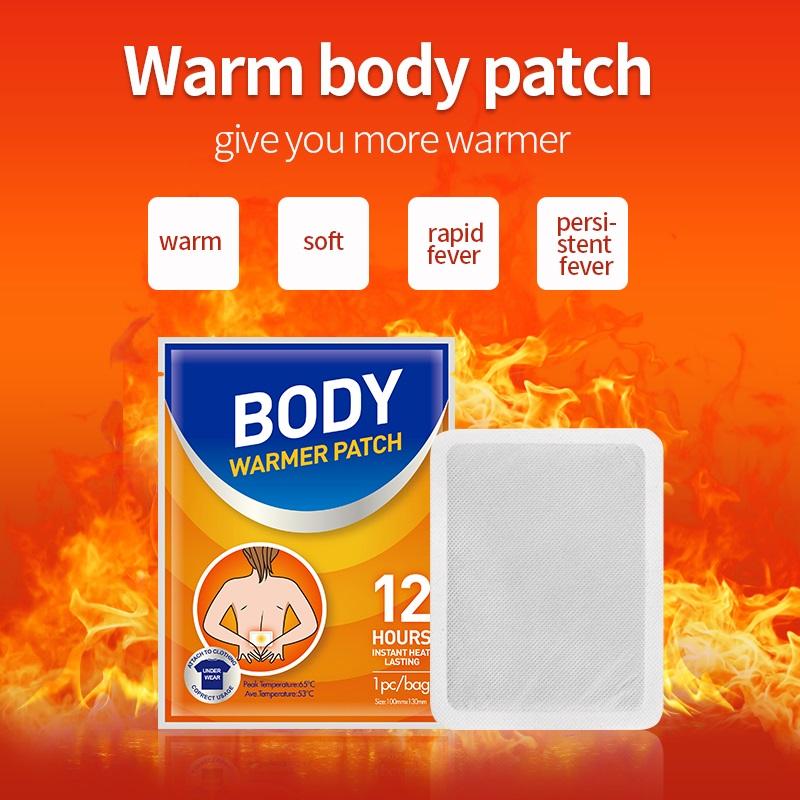Winter heat pads have emerged as an essential tool in combating the season’s harsh temperatures, offering comfort and therapeutic benefits to millions worldwide. These portable warming devices have evolved significantly from their humble beginnings as simple hot water bottles to today’s technologically advanced solutions incorporating various heating mechanisms and safety features.
Modern heat pads come in multiple forms, from electronic versions with precise temperature controls to chemical-based disposable options that activate upon exposure to air. Their versatility extends beyond just providing warmth – they’ve become integral in managing winter-related muscle tension, joint stiffness, and circulation issues, particularly among elderly populations and those with chronic conditions.

The healthcare industry has noted a marked increase in heat pad usage during winter months, with sales typically peaking in December and January. Medical professionals often recommend them as a non-pharmaceutical approach to pain management, especially for conditions that worsen in cold weather. Their popularity has also grown among outdoor enthusiasts who use them to maintain body temperature during winter sports and activities.
Manufacturers have responded to this growing demand by introducing innovative features such as smartphone connectivity for temperature regulation, extended battery life for portable options, and eco-friendly materials for disposable variants. The market has also seen an influx of design-conscious products that blend functionality with aesthetics, making heat pads not just therapeutic devices but also fashionable winter accessories.






